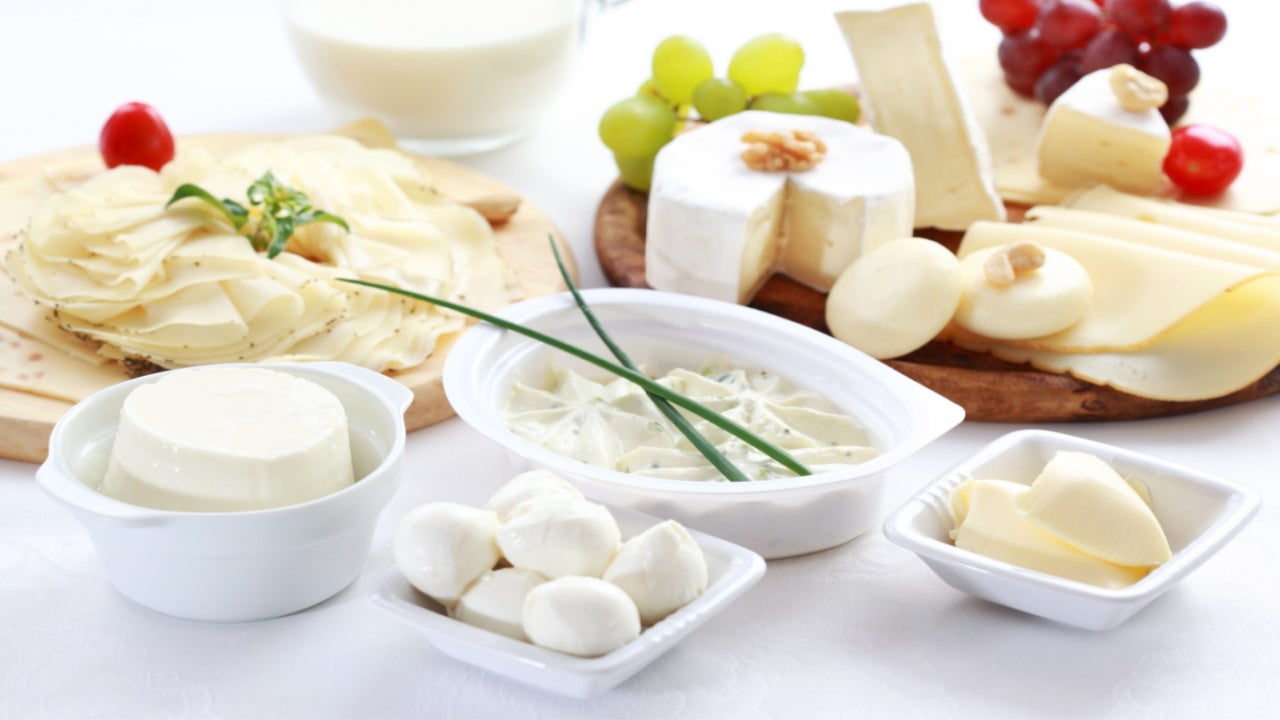
Internet of Things (IoT) is described as a network of connected sensors and actuators to control and monitor the environment, the things that move within it, and the people that act within it.
With the remarkable applications of Internet of things in food industry, the food suppliers and retailers are gradually adopting it to enhance gains in their food businesses. For instance, IoT makes it easier for food companies to ensure the high levels of traceability, food safety, and accountability along the entire farm-to-fork supply chain.
Discover the leading IoT companies in the food industry
Using its experience in the sector, Just Food has listed some of the leading companies providing products and services related to IoT.
The information provided in the download document is drafted for food industry executives and technology leaders involved in IoT solutions.
The download contains detailed information on suppliers and their product offerings, alongside contact details to aid purchase or hiring decisions.
Amongst the leading vendors of IoT in the food industry are AVEVA, Enevo, Miso Robotics, Natural Machines, Picnic, Sodexo, Swift Sensors, Winnow and Zenput.
Applications of IoT in the food industry
Improves food safety
IoT has significantly reduced the risks of food illness outbreak by using sensors at every stage of production. Additionally, IoT tracking helps in detecting the sources of contamination to prevent further outbreaks.
Reduces wastage
According to a report by the United Nations, nearly a third of the world’s human food production is wasted each year. This not only results in financial loss, but also tends to harm the environment by increasing the amount of carbon dioxide gas in the atmosphere. With IoT technology, the food industry can easily monitor the status of all food items.
Maintains transparent supply chains
IoT offers transparency and traceability across the entire supply chain by enabling both manufacturers and consumers to track products. Moreover, a transparent supply chain provides cost efficiency, effective inventory management, among others.
Improves logistics
Radio frequency identification (RFID) transmitters and GPS track the location of product from storage to shipping to the point of sale. Advanced RFID tracking technology also enhances visibility of the food supply chain.
IoT tracking using GPS helps collect relevant data about the location of food and helps stakeholders to assess its performance at the global front.
